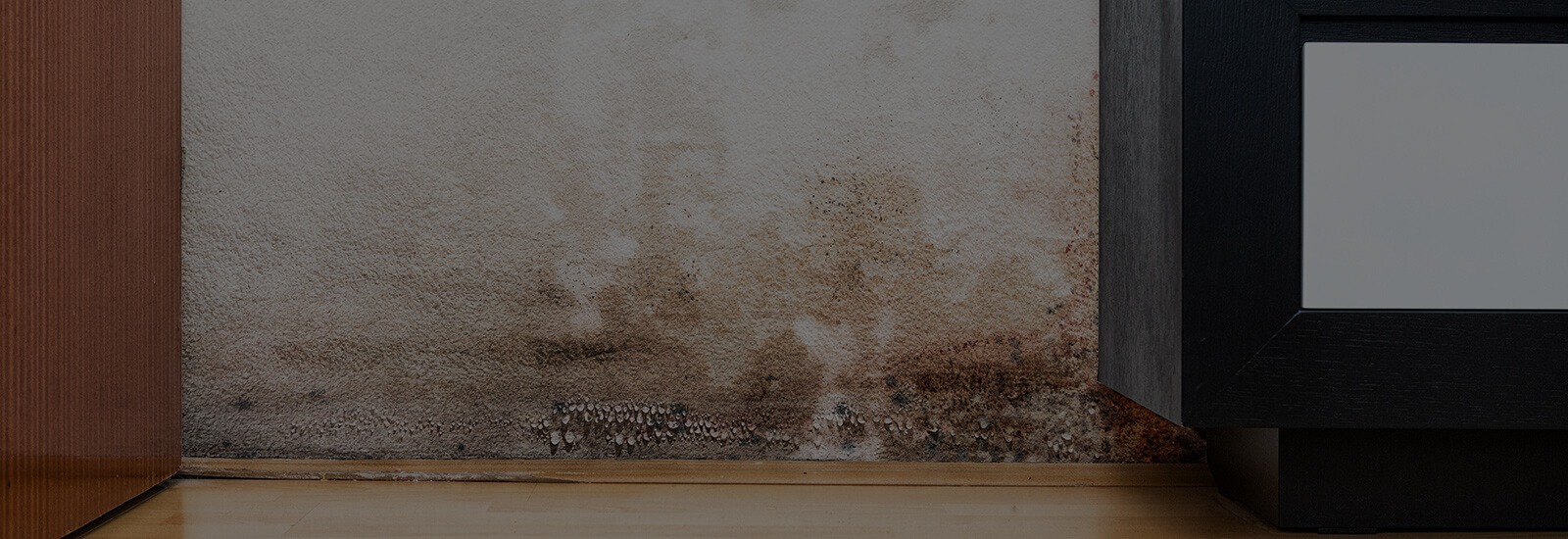Indoor Mold Allergy
Mold is a type of fungus that is present in most common places, both indoors and outdoors. They tend to thrive in dark and damp surfaces of the house, such as the kitchen, bathroom, closet or storage areas. When disturbed, a dry mold source releases allergenic mold spores in the air. Exposure to these mold spores can result in an allergic reaction. The mold spores count is highest during the nights of spring and autumn, but indoor mold spores are effective throughout the year.
Mold can grow on food as well; in fact they are more visible on the food’s surface. The green spot on breads, white dust on cheddar, or velvet circles on fruits are molds growing slowly on each food item.
Most of us inhale mold spores at some point of the day with no harm. But the same cannot be said for those suffering from a mold allergy. To some, even the slightest exposure to mold spores can result in an instant allergic reaction.
TriggersInhaling airborne mold spores can result in allergic reactions from a person. Even a direct contact with the mold source can cause an allergic reaction.
Indoor Mold Allergy Symptoms
The symptoms of a mold allergy are like almost all other allergies , such as wheezing, stuffy or runny nose, irritated eyes, skin rashes, coughing and itchy throat. Exposure to mold, in some cases, can also trigger asthma symptoms.
How to Treat Indoor Mold Allergy
While avoiding mold exposure 100% can be impossible, you can always minimize your risk of a mold allergy. Make sure you do not eat mold infested food and while checking for mold infestation, do not smell your food as you are at the risk of inhaling allergenic mold spores. Keep your room dry and clean and try keeping your room’s humidity level below 50%. Make sure all rooms, especially bathrooms and kitchen, are properly ventilated and use exhaust wherever required. Fix any leaks and remove any source of dampness you see in the house. Keep far away from drainage systems, and keep an eye on the pipes in your house too. Do not keep old papers or newspapers in the house, you can either toss them or recycle them.


